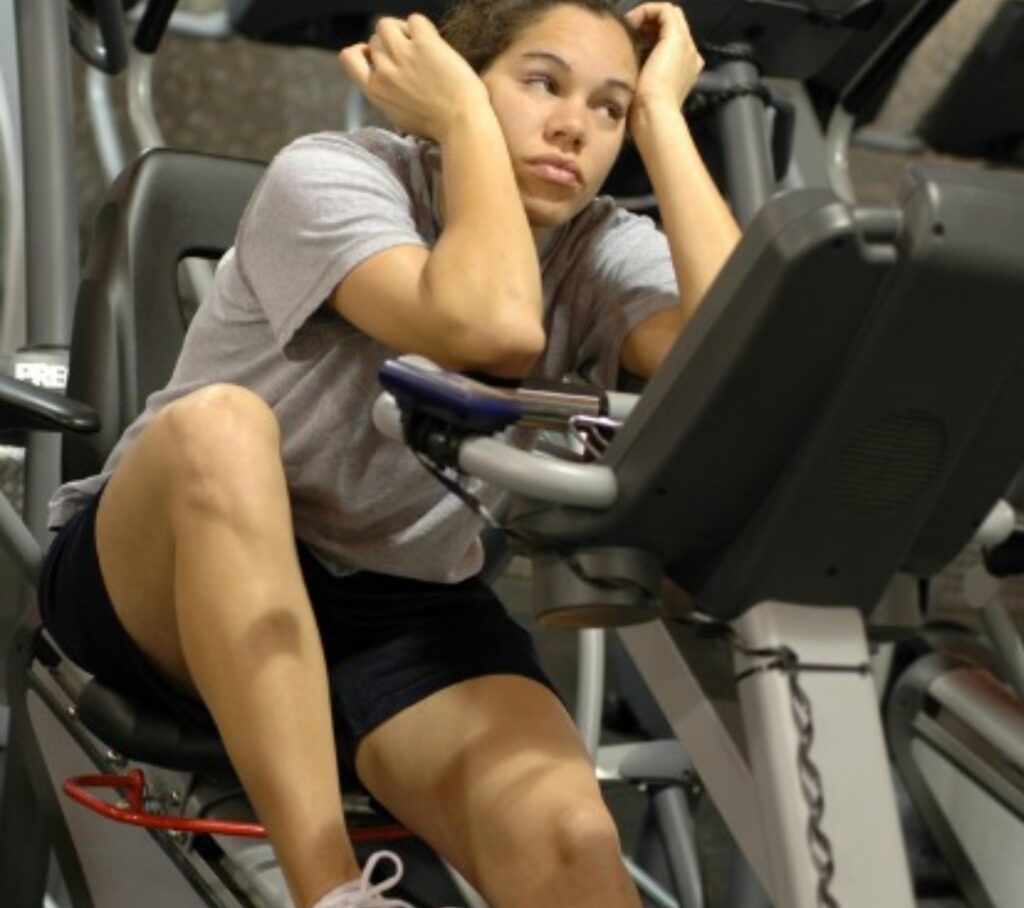Welcome, ladies, to a comprehensive guide Mastering Your Menstrual Cycle: Understanding Its Impact on Your Workouts and How to Overcome Challenges. As a seasoned trainer with years of experience working with women, I’ve witnessed firsthand the unique challenges that arise during different phases of the menstrual cycle. In this blog, we’ll delve into the medical facts behind these challenges, explore effective symptom relief strategies, and provide the motivation you need to stay on track with your fitness goals throughout your entire cycle.
Understanding the Menstrual Cycle:
Before we dive into how your menstrual cycle affects your workouts, let’s quickly review its phases. The menstrual cycle consists of four main phases: the menstrual phase, the follicular phase, ovulation, and the luteal phase.
Menstrual Phase:
During the menstrual phase, which typically lasts 3-7 days, the uterine lining sheds, resulting in menstrual bleeding. Hormone levels, including estrogen and progesterone, are at their lowest during this phase, which may contribute to feelings of fatigue and lethargy in some women.
Follicular Phase:
Following the menstrual phase, the follicular phase begins. Estrogen levels gradually rise, stimulating the growth of follicles in the ovaries. This phase is characterized by an increase in energy levels and may be an optimal time for intense workouts.
Ovulation:
Ovulation occurs approximately midway through the menstrual cycle when a mature egg is released from the ovary. Estrogen levels peak during this phase, which can enhance mood and energy levels in many women.
Luteal Phase:
The luteal phase occurs after ovulation and before menstruation. Progesterone levels rise during this phase to prepare the uterine lining for potential pregnancy. However, elevated progesterone levels may also lead to symptoms such as fatigue, bloating, mood swings, and decreased exercise performance.
Medical Facts and Symptom Relief:
Now that we understand the hormonal fluctuations that occur throughout the menstrual cycle let’s explore how these changes can impact your workouts and strategies for symptom relief.
Fatigue:
Fatigue is a common symptom experienced by many women during the luteal phase. To combat fatigue, prioritize adequate rest and recovery, ensure you’re getting enough quality sleep each night, and consider incorporating relaxation techniques such as yoga or meditation into your routine.
Bloating:
Bloating, another prevalent symptom during the luteal phase, can be alleviated by staying hydrated, consuming a balanced diet rich in fruits, vegetables, and whole grains, and reducing your intake of sodium and processed foods.
Mood Swings:
Mood swings can wreak havoc on your motivation and consistency with workouts. Practice self-care activities that promote emotional well-being, such as spending time outdoors, connecting with loved ones, and engaging in hobbies you enjoy.
Decreased Exercise Performance:
During the luteal phase, you may notice a decline in exercise performance due to hormonal fluctuations. Adjust your workout intensity and duration as needed, listen to your body, and focus on activities that make you feel good, whether it’s a gentle yoga session or a brisk walk outdoors.
Motivation and Staying on Track:
Maintaining motivation throughout your menstrual cycle can be challenging, but with the right mindset and strategies, you can stay on track with your fitness goals.
Set Realistic Expectations:
Acknowledge that your energy levels and performance may fluctuate throughout your cycle, and adjust your expectations accordingly. Instead of striving for perfection, focus on consistency and progress over time.
Find What Works for You:
Experiment with different types of workouts, timing, and intensity levels to determine what feels best for your body during each phase of your menstrual cycle. Remember, there’s no one-size-fits-all approach, so listen to your body and honor its needs.
Practice Self-Compassion:
Be kind to yourself and recognize that it’s okay to have off days or to modify your workouts based on how you’re feeling. Avoid comparing yourself to others and celebrate your progress, no matter how small.
Stay Consistent:
Consistency is key to achieving long-term fitness goals. Even on days when you’re not feeling your best, prioritize moving your body in a way that feels good for you. Remember, every workout counts, no matter how…
Conclusion:
Navigating your menstrual cycle and optimizing your workouts is a journey that requires patience, self-awareness, and adaptability. By understanding the medical facts behind menstrual cycle fluctuations, implementing effective symptom relief strategies, and staying motivated throughout each phase, you can empower yourself to embrace your body’s natural rhythms and achieve your fitness goals with confidence and resilience. Remember, you’re capable of overcoming any challenge that comes your way—you’ve got this!


